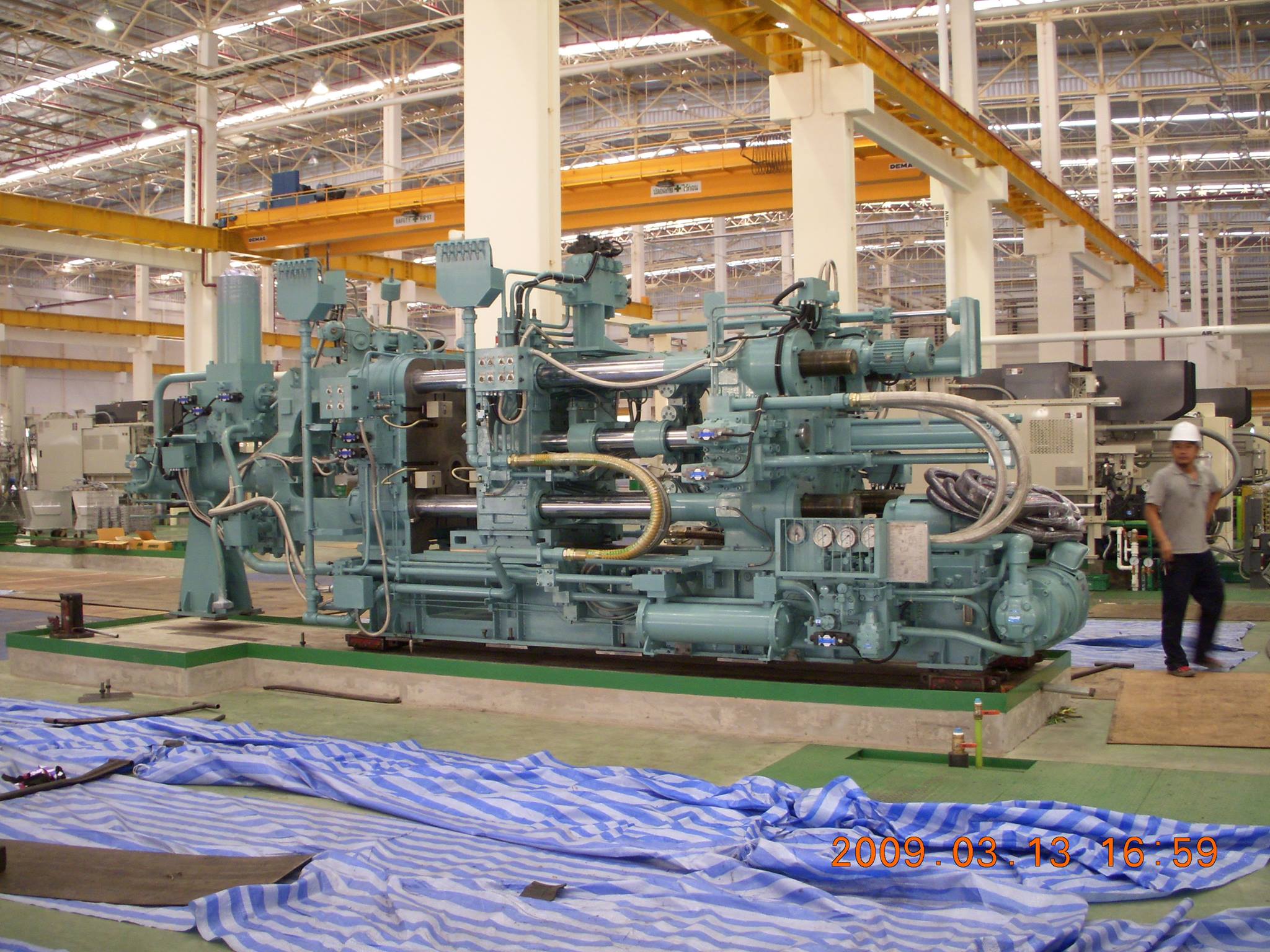
Installing an aluminum casting machine involves a series of steps to ensure safety, efficiency, and proper functioning. Below is a detailed guide to assist in the installation process:
Determine Location: Choose a well-ventilated area with sufficient space for the machine and related operations.
Foundation: Ensure the floor is strong and level enough to support the weight of the casting machine and resist vibrations.
Power Requirements: Verify the power supply matches the machine's specifications (e.g., voltage, phase, and amperage).
Cooling System: Plan for a cooling system, such as water or air cooling, if required by the machine.
Exhaust System: Install ventilation to handle fumes generated during casting.
Operator Training: Train staff in handling molten aluminum and operating the machine safely.
Protective Gear: Ensure availability of PPE such as heat-resistant gloves, goggles, aprons, and face shields.
Emergency Measures: Equip the area with fire extinguishers, emergency stop buttons, and first aid kits.
Check the Machine: Inspect the casting machine for damages or missing components upon delivery.
Review the Manual: Refer to the manufacturer’s installation manual for specific instructions.
Verify Components: Confirm the presence of all accessories, such as molds, controllers, and hydraulic or pneumatic systems.
Position the Machine:
Move the machine into place using appropriate lifting equipment.
Anchor the machine to the floor if required to prevent movement during operation.
Connect Utilities:
Electrical: Connect the power cables to the designated terminals.
Cooling System: Set up water hoses or cooling fans as per the machine’s specifications.
Air Supply (if pneumatic): Connect the air compressor to the machine's inlet.
Install Mold Setup:
Attach the molds securely to the machine, ensuring proper alignment.
Adjust the clamping force as specified in the manual.
Lubrication:
Apply appropriate lubricants to moving parts, such as ejector pins and guide rails.
Control Panel Setup:
Connect the control panel and ensure all switches, sensors, and wiring are correctly installed.
Power on the machine to test the control interface.
Dry Run: Perform a dry run without molten aluminum to check for proper functioning of all components.
Temperature Calibration: Set the furnace or heater to the required melting temperature for aluminum.
Flow Check: Ensure the metal flows smoothly into the mold and the casting cycle operates correctly.
Alignment Test: Verify mold alignment and adjust as necessary.
Inspect all connections and components for safety and efficiency.
Ensure the machine operates without excessive noise or vibration.
Provide hands-on training for operators.
Keep a maintenance log and operational guidelines near the machine.
The cost of purchasing and installing an aluminum casting machine varies significantly based on factors such as machine type, size, capacity, and complexity. Here's a general overview:
Small-Scale Machines: For hobbyists or small-scale operations, basic aluminum casting equipment, like vacuum casting machines and electric kilns, can each cost approximately $600.
Mid-Range Machines: Cold chamber die casting machines with capacities around 180 tons are available for approximately $31,200 per set.
High-Capacity Machines: Larger machines, such as 300-ton cold chamber die casting machines, are priced around $55,000 per set.
Used Machines: Pre-owned aluminum die casting machines can range from $80,000 for 100-ton machines to over $3,000,000 for 4,500-ton machines, depending on age, condition, and features.
Installation expenses depend on the machine's complexity and the specific requirements of your facility. These costs can include site preparation, foundation work, electrical and plumbing connections, and labor. It's advisable to consult with the machine manufacturer or a professional installation service to obtain a detailed quote tailored to your situation.
Tooling Costs: Creating molds or dies for casting can be a significant investment. For instance, aluminum die casting tooling costs can range from $5,000 to $75,000, depending on the size and complexity of the part.
Operating Costs: Beyond the initial purchase and installation, consider ongoing expenses such as maintenance, energy consumption, and labor. These operational costs can impact the overall investment over time.
Given the variability in costs based on specific needs and regional factors, it's recommended to reach out to multiple suppliers and installation professionals to obtain detailed quotes tailored to your requirements.

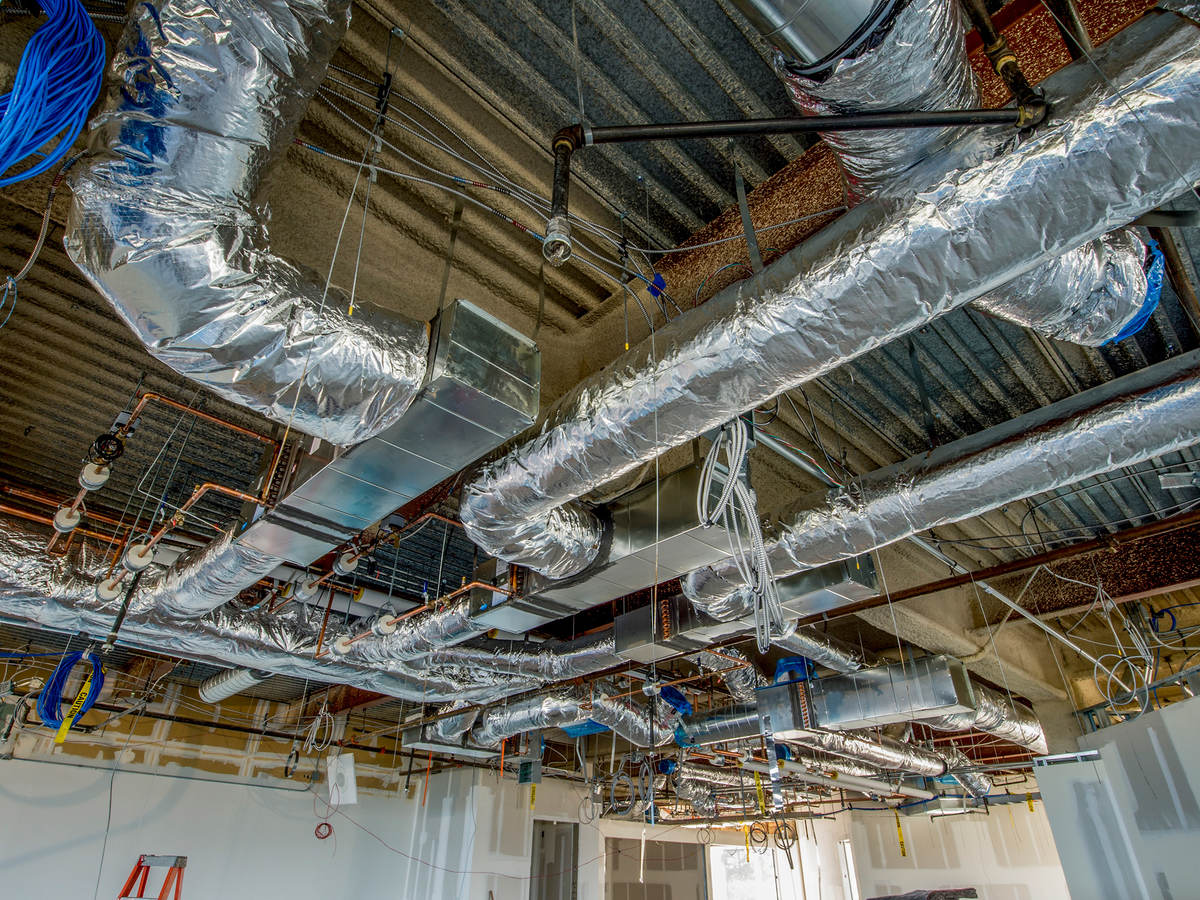
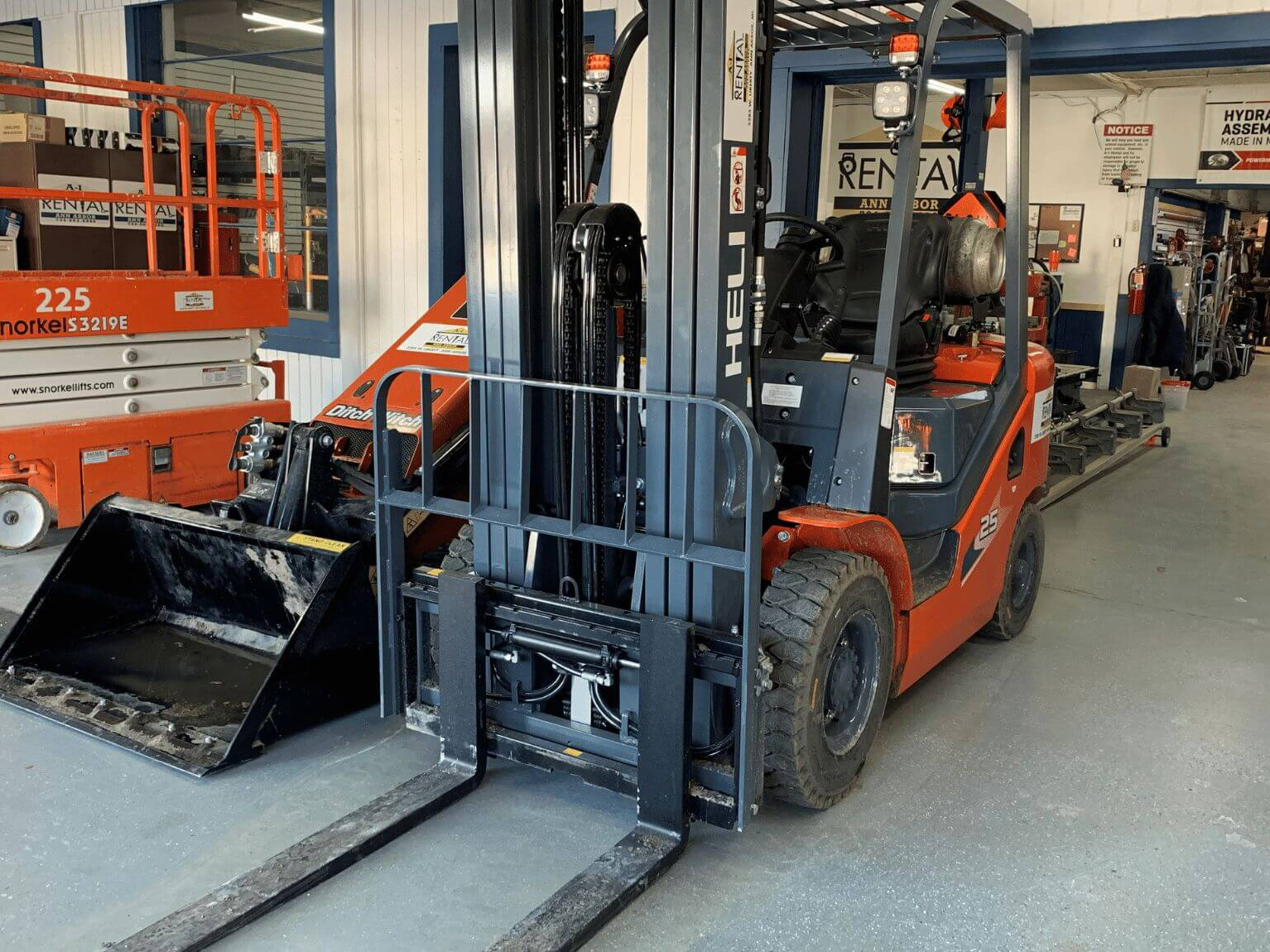
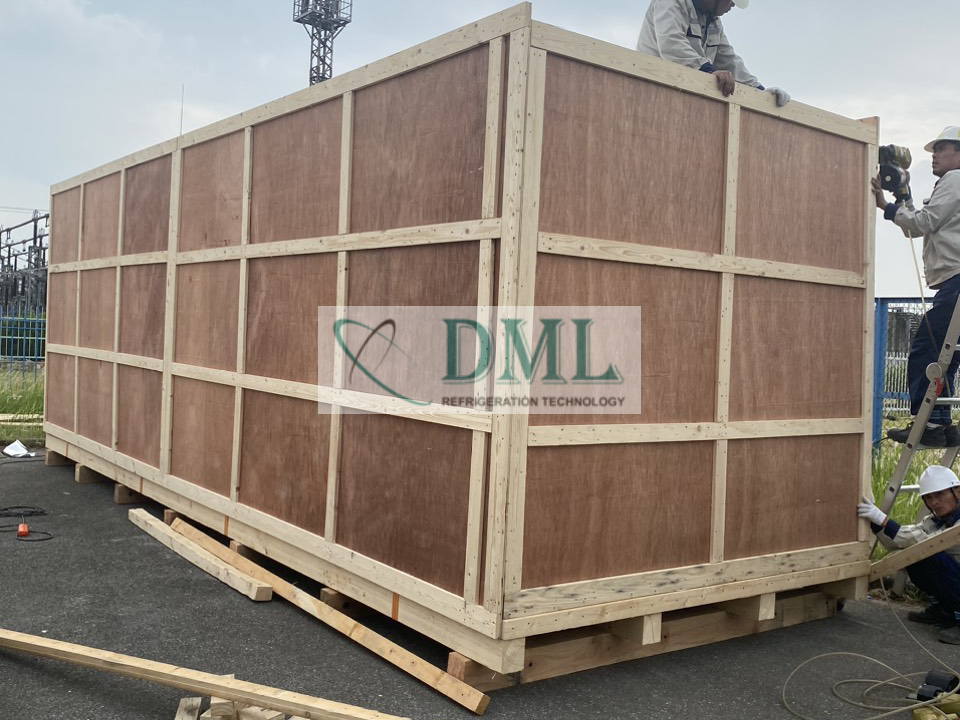
- Packing the machine in wooden crates - Close wooden pallets
More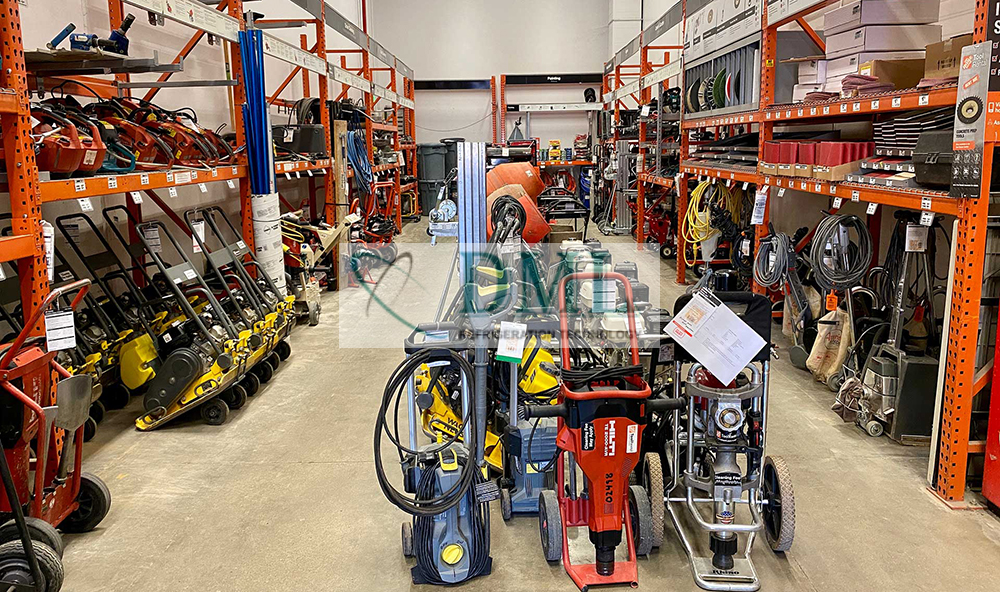
- Installation tools - Tools for construction - Electromechanical construction tools
More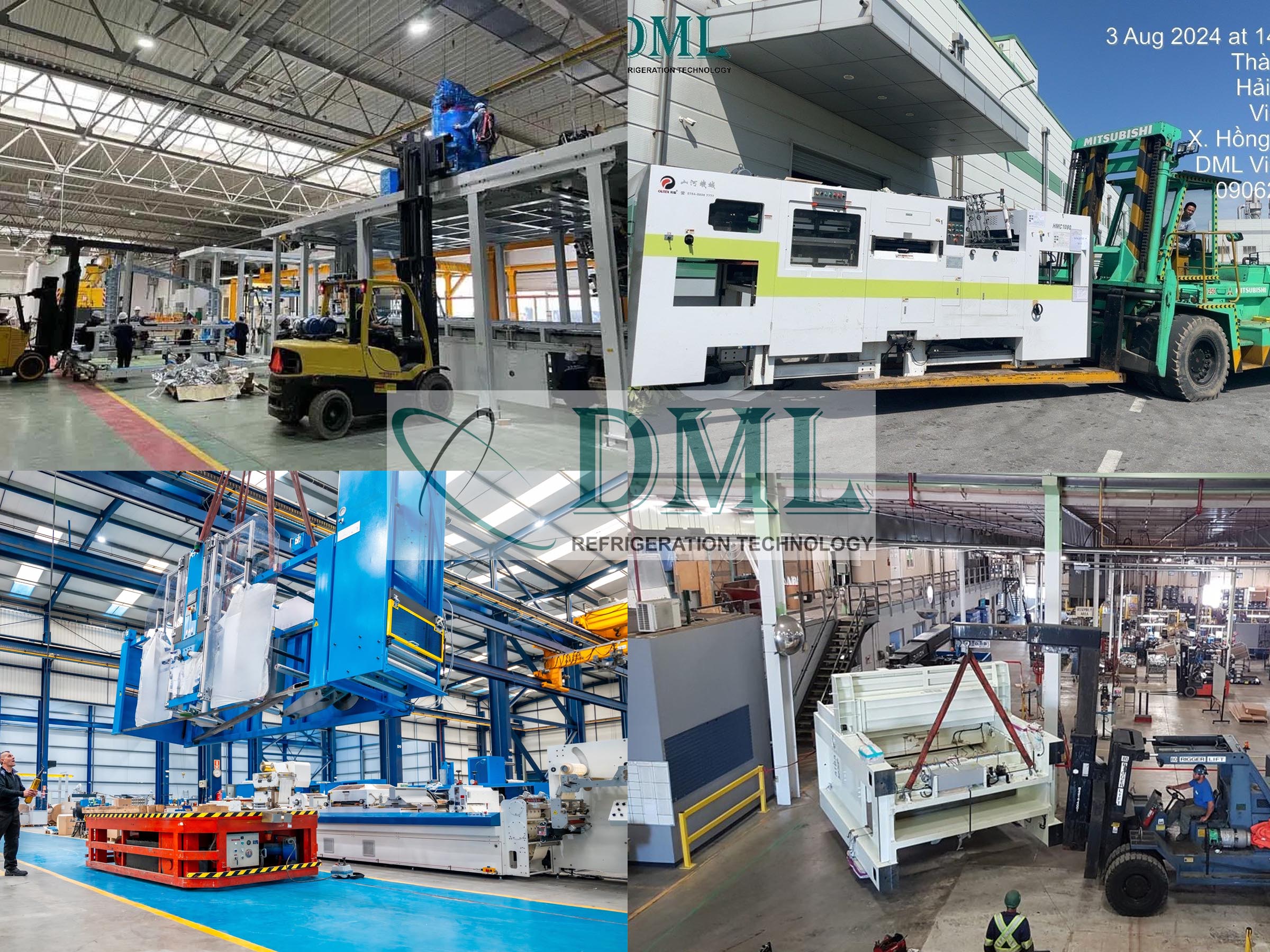
- Install aluminum press machine - Install plastic injection machine - Installing components manufacturing machines
More
- Install aluminum press machine - Install plastic injection machine - Installing components manufacturing machines
More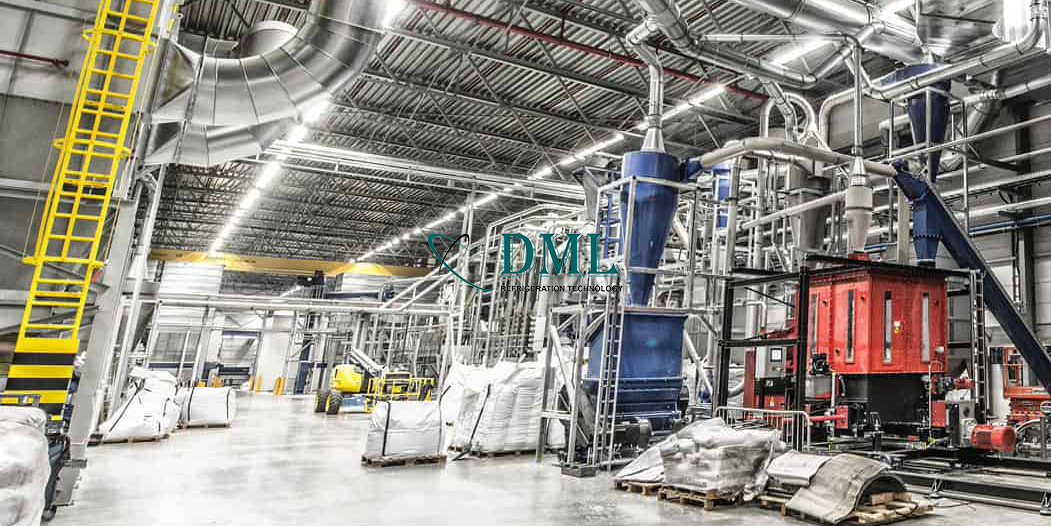
- Installation of plastic making machine line - Installation of components production line
More
- Packing the machine in wooden crates - Close wooden pallets
More
- Installation tools - Tools for construction - Electromechanical construction tools
More
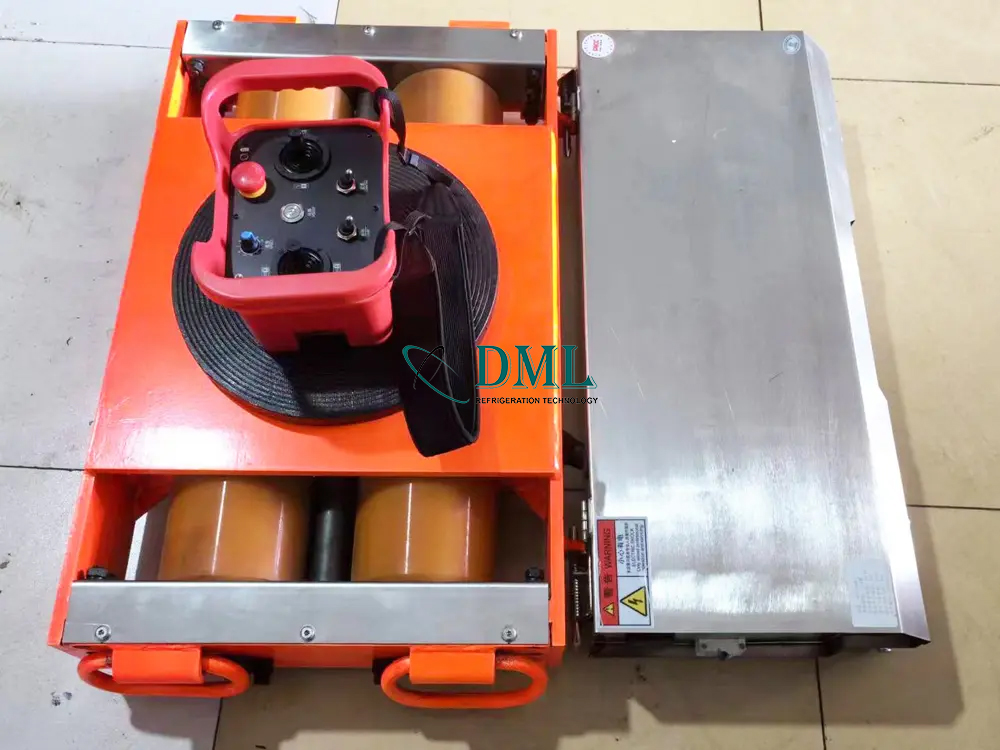
- Machine Skates electric High quality - Machine Skates electric from 2-200 tons
More
- Installation of plastic making machine line - Installation of components production line
More